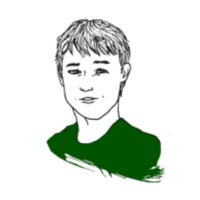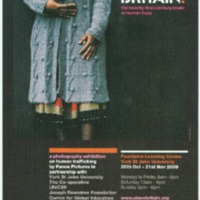
Adam
The United Kingdom remains a significant destination for men, women and children trafficked for commercial sexual exploitation and forced labour. Originating primarily from Eastern Europe, Africa and Asia, people travel to the UK under promises of a better education, job opportunities and quality of life. As noted in the UK government’s 2015 review of modern slavery, migrant workers are trafficked to the UK for forced labour in agriculture, construction, food processing and domestic servitude. The latest government statistics derived from the UK National Referral Mechanism in 2014 reveal 2,340 potential victims of trafficking from 96 countries of origin, of whom 61 percent were female and 29 percent were children. Unable to find a job in Lithuania, Adam found a job in farming online with an agency in Northern Ireland. While the advertisement promised good pay and help with accommodation, upon arrival he was forced to live in a small caravan with no heating or electricity with five other people. He was forced to work long hours without breaks and was only allowed to leave the farm to buy food from a specific store chosen by his employer. With his passport confiscated and unable to save any money, Adam didn’t know how to get out of his situation.

Slave Britain: The 21st Century Trade in Human Lives
This photographic exhibition focused on human trafficking was produced by a partnership of Panos Pictures, Anti-Slavery International, Amnesty International, Eaves and UNICEF. Photographer Karen Robinson’s portraits and tales of women trafficked into prostitution explore the devastating impact on their lives. Also on display were David Rose's panoramic photographs of the ordinary British streets where the stories of modern-day slavery have been played out. The photographs were mounted on a cage-like structure which was specially designed for the exhibition at St Paul's Cathedral. The exhibition was also shown in Edinburgh, Hull and Warsaw, and in 2008, in York.